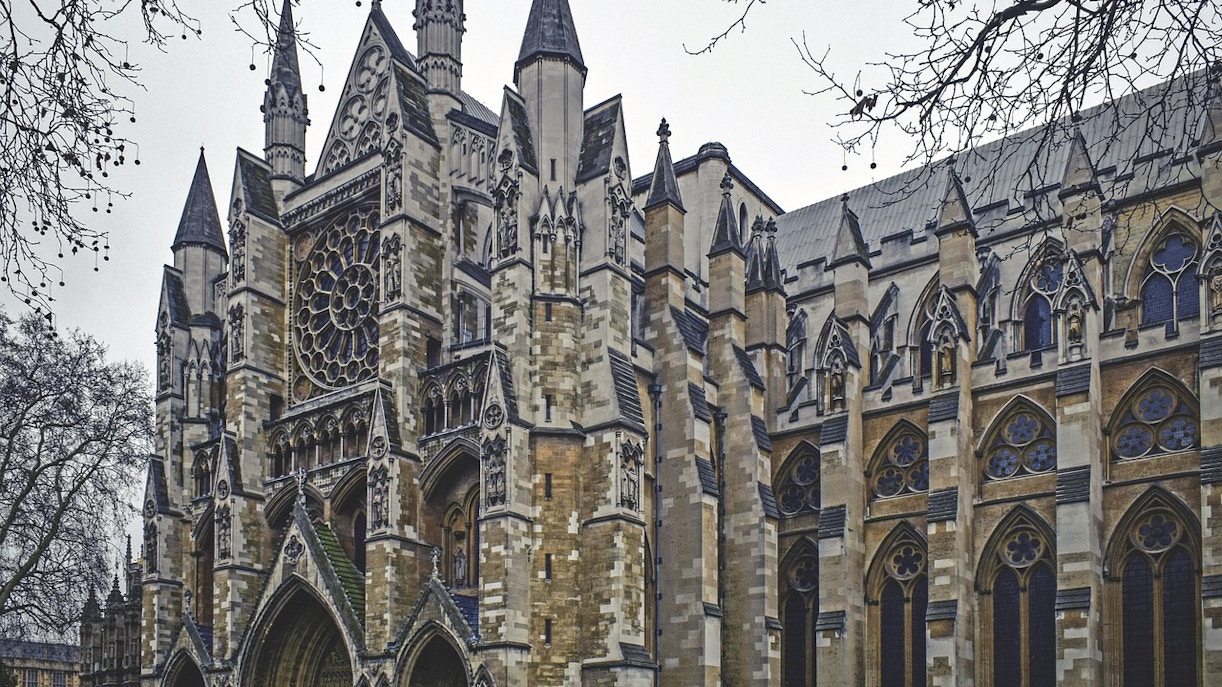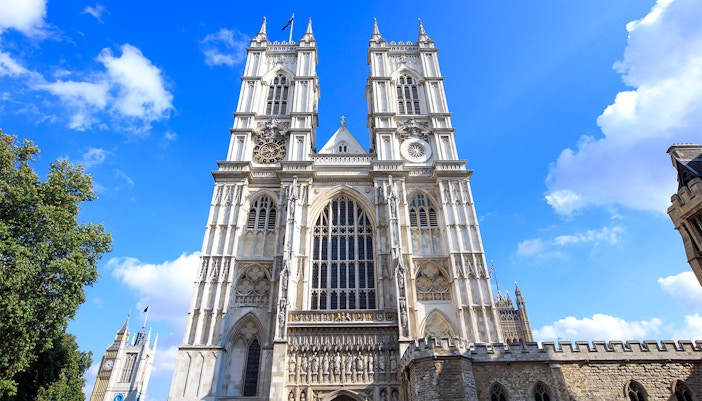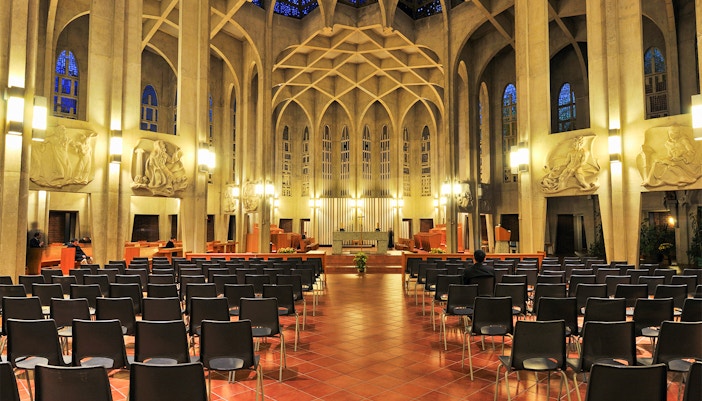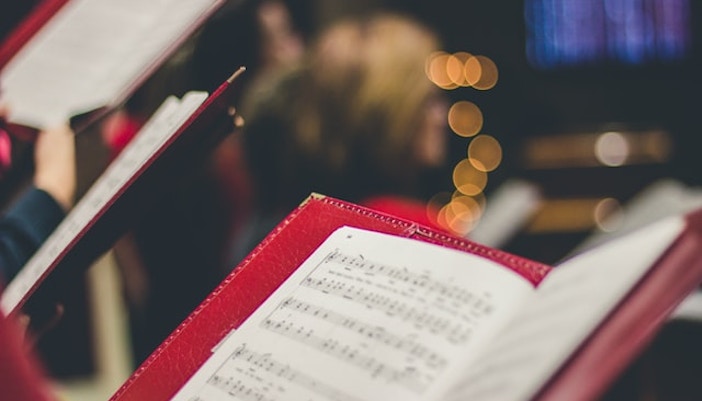Westminster Abbey’s bell ring is currently made up of ten bells. The earlier bells at Westminster Abbey were overhauled in 1971. Out of the eight bells, the two oldest bells were retained for the new ring.
Additionally, there are two service bells, two unused bells (cast in 1320 and 1742), and a small silver “dish bell” in the Abbey’s collection. These bells, aside from the one cast in 1742, are stored in the refectory and the Church Buildings Council of the Church of England has noted these bells as having historical importance.























